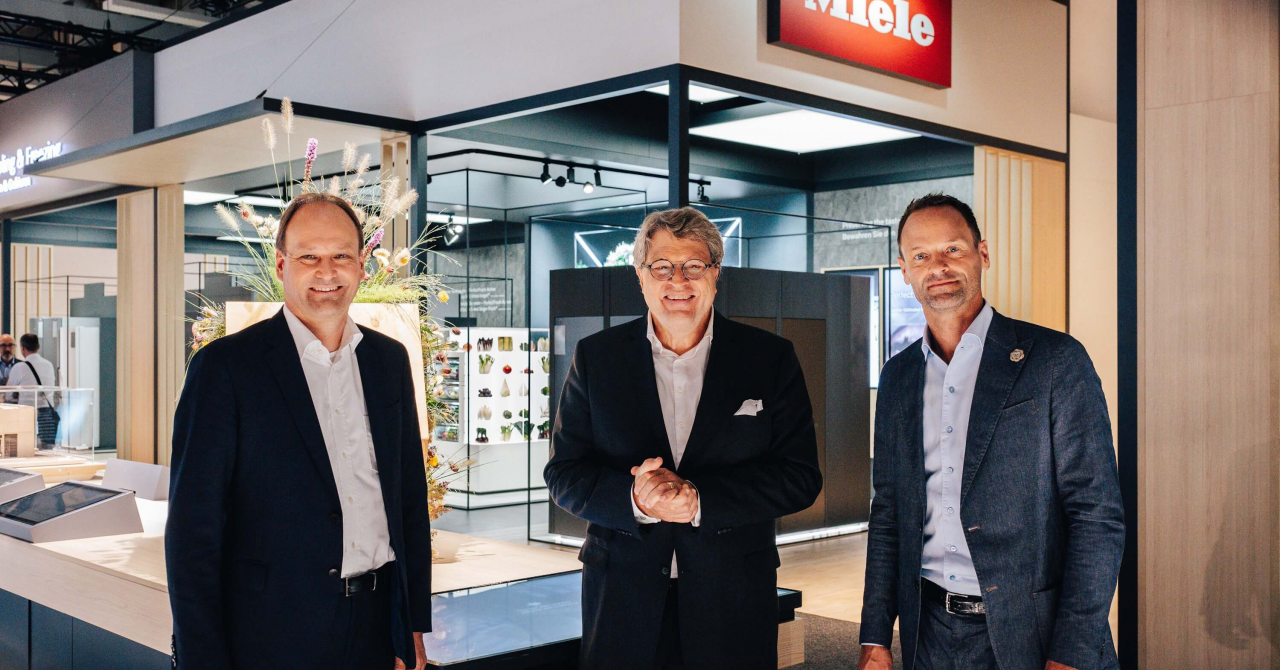Miele makes the smart home sustainable and hence contributes to further reductions in CO2 emissions and electricity bills.
Help is forthcoming for example in the form of a new Consumption Dashboard in the Miele App.
A new Consumption Dashboard in the app creates transparency in this respect and provides tips and trick on the use of dishwashers, washing machines and other appliances. This is particular helpful when washing laundry as there is a wealth of programme options to select from.
The dashboard provides information on how much water and electricity has actually been used by a programme. The deeper analysis of the data is simple and concise and compares, for example, averages for all the programmes used.
This reveals at a glance that the Eco 40-60 wash programme uses far less electricity compared with Cottons (40 or 60 °C). The Consumption Dashboard also shows how often a programme has been run each week, month or year. Last but not least, the total number of cycles run is listed here as, after all, operating a machine 26 instead of 30 times a month goes easier on both the wallet and the environment.
Whereas home-owners in the past were paid good money for feeding electricity into the grid, it has recently become more economical to use as much 'home-grown' electricity as possible on site. Intelligent energy management systems ensure that the figures stack up and at the same time protect the electricity grid from peaks in demand.
The new Miele partner for this type of energy management is the Belgian company Smappee.
The principle: Miele domestic appliances and other smart energy-using devices start automatically when the demand for electricity is low and/or a rooftop PV array is generating a plentiful supply of energy.
To this end, domestic appliances – ideally washing machines, tumble dryers and dishwashers – are switched to AutoStart mode after loading.
Through intelligent energy management, customers with a rooftop PV array can reduce their CO2 footprint even further.
New free-standing refrigeration products from Miele's K 4000 generation, for example models with the innovative freshness system called PerfectFresh Active, where a temperature hovering around freezing point together with a fine mist keeps fruit and vegetables crunchy fresh for up to five times longer, promise greater sustainability in the kitchen.
Particularly high-end yet thin insulation panels with silica (silicic acid) ensure an enduring A energy efficiency rating over many years.
You can find out more in the official press releases of the company.
 Oana Coșman
Oana Coșman












Any thoughts?